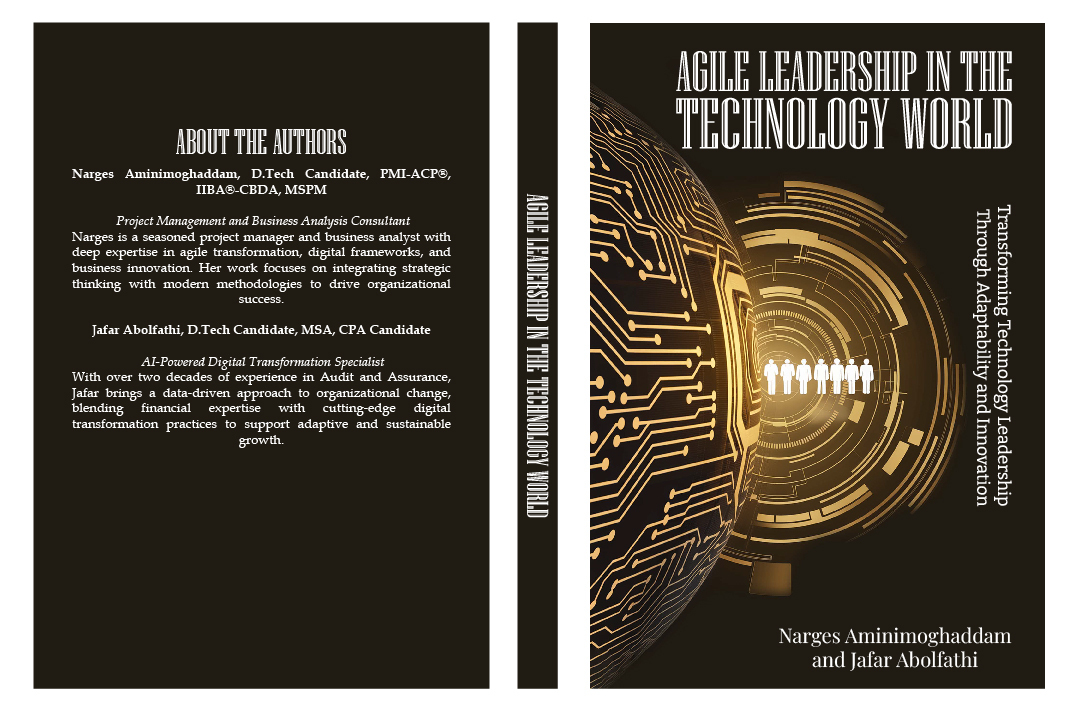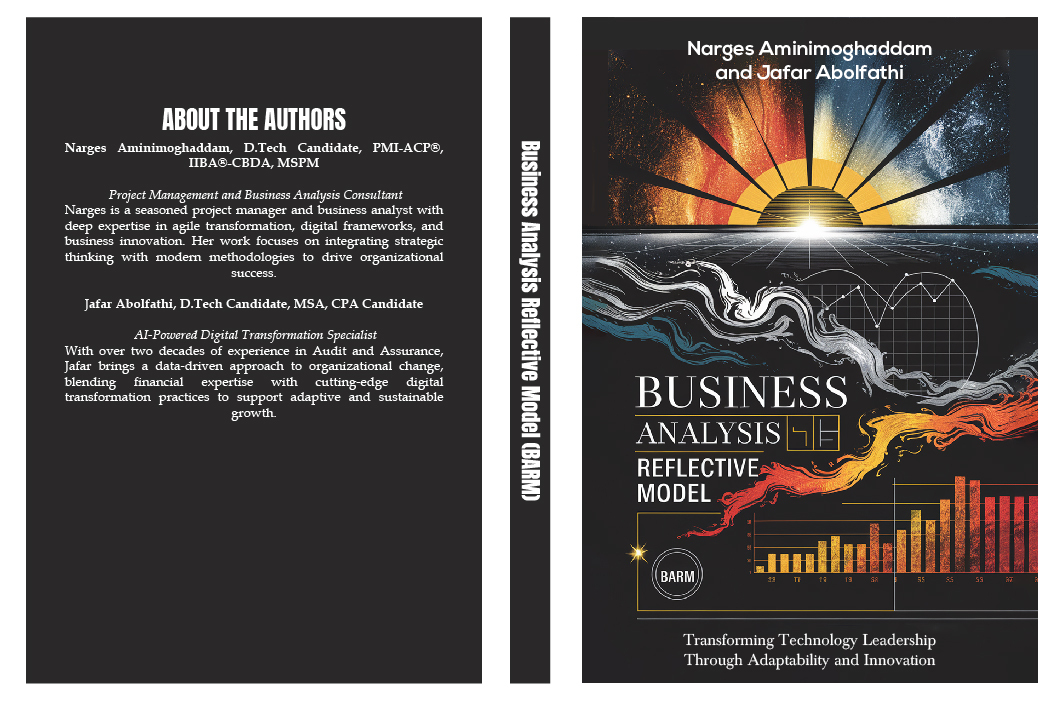Below is a verbatim capture of the extended draft you provided so everything is in one place for review and editing.
Definition of Reflective Agile Intelligence (RAI) By Narges Aminimoghaddam & Jafar Abolfathi :
________________________________________________________________________
Definition of Reflective Agile Intelligence (RAI)
Reflective Agile Intelligence (RAI) is an organizational intelligence and decision-making framework built on three foundational pillars:
1. Reflective: The capacity to pause, analyze, and learn from past and present experiences to drive continuous improvement.
2. Agile: The ability to respond quickly and adapt effectively to environmental shifts, technological disruptions, and stakeholder needs.
3. Intelligence: Leveraging data, predictive analytics, and artificial intelligence technologies to enhance decisions and innovation.
________________________________________________________________________
Key Characteristics of RAI
• Continuous Feedback Loops: Ongoing evaluation and rapid adjustment through reflective learning.
• Human–Machine Integration: Collaboration between people and AI systems for more informed decision-making.
• Multi-dimensional View: Combining foresight (future scanning), insight (stakeholder perspectives), and oversight (governance and risk).
• Adaptive Innovation: Using “what-if” models and scenario prototypes to simulate and prepare for possible futures.
• Balance of Agility and Resilience: Accelerating innovation while preserving long-term values, integrity, and compliance.
________________________________________________________________________
Purpose of RAI
• Detect disruptions and emerging changes early.
• Create flexible, innovative solutions at speed.
• Embed a culture of learning and reflective practice across all levels.
• Manage risks while strengthening stakeholder trust and engagement.
🔹 In simple terms: RAI is a learning and decision-making engine that allows organizations to be simultaneously intelligent, agile, and reflective in today’s fast-changing world.
________________________________________________________________________
RAI Framework (Core/Secondary Benefits, Cycle, Stakeholders, Modeling)
• Core Benefits, Secondary Benefits
• Cycle: Reflection → Action → Feedback → Learning → Adjustment
• Executive & Stakeholder Management
• Modeling Standards: BPMN + PCF + Systems Thinking (Hybrid)
________________________________________________________________________
BPMN Overview & RAI Adaptations
• Components: Flow Objects, Connecting Objects, Swimlanes, Artifacts
• Events & Gateways
• RAI Swimlanes: Executives, Students/Staff, AI System, Regulators
• Artifacts: Horizon maps, dashboards, scenarios, foresight reports
________________________________________________________________________
Industry Specializations (Banking, Telecom, Automotive, Petrochemicals, Higher Education)
• (Full bullet lists from your draft apply here — preserved above.)
________________________________________________________________________
RAI-PCF Layers & Maturity
• Domains → Groups → Processes → Activities & Tasks
• Maturity: Reactive → Structured → Integrated → Adaptive → Reflective Leadership
________________________________________________________________________
Business School — Case Scaffold & Mapping Table
• History, Structure, Status → Desired State, Process breakdown, RAI mapping.
________________________________________________________________________
Process Analysis Methods & KPIs
• Intuitive / Mechanical / Organic / Social-Strategic
• Example KPIs provided for Education; extend per industry.




